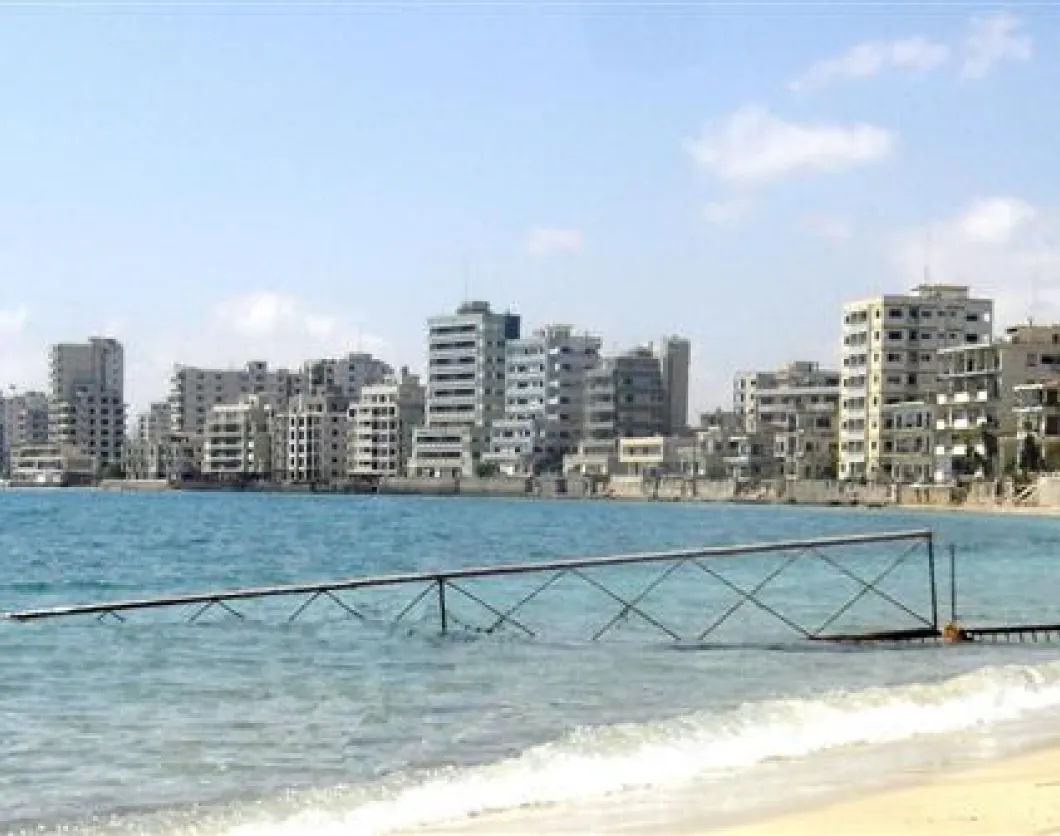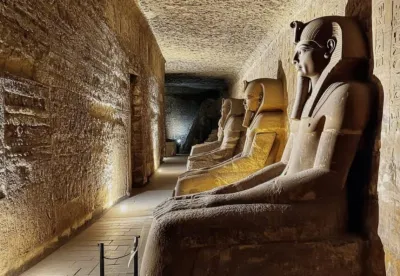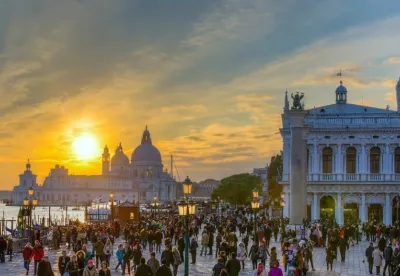Nothing sums up the futility of the Cyprus conflict quite like the ghost town of Varosha in Famagusta. Located on the east coast of Cyprus, the city of Famagusta has had a long and remarkable cultural heritage but now lies abandoned following the 1974 Turkish invasion of the island.
Varosha can truly be called a Ghost Town. Nobody lives there. Few, if any visit it and if you could, then its ghosts would be ever apparent in the silence, the stillness and the ‘frozen in time’ sights before you.
On the 15th August 1974, all of the residents of Varosha left, fearing death or worse at the hands of the Turkish invaders who were, at that very moment, fighting the Greek Cypriot army on the streets of Famagusta, a mile or so further north. They left at a moment’s notice. No time to collect treasured possessions or to clear tables or to lock up houses. They hoped they would be able to return within days or weeks but deep down they feared it would be the last they would see of their homes and businesses.
{%C2,3%}
Over the last 35 years the town has gradually given in to nature. The streets have cracked in the heat of the summer sun, the roots of plants, free to grow wild, have invaded walls, floors and windows, gradually breaking down the manmade structures, determined to return Varosha to the wild. Accounts tell of meals left uneaten on dining tables, of clothes, fashionable at the time, fading in boutiques along the streets and of cars, now classable as vintage, sitting brand new in garage showrooms waiting patiently for buyers that will never come.
Apart from the hotels and shops, churches stand empty and forlorn, now home to thousands of birds who have lived and bred uninterrupted by humans over the decades. Turtles now return to nest on the beautiful beaches of the resorts, safe, knowing that their eggs will rest undisturbed under the pitch black night sky until ready to hatch. Older buildings, many made from traditional, have crumbled under the ravages of nature, some barely recognisable from the homes they once were. And under the midday sun or the cool bright moon, silence reigns, broken only by the call of a bird or the scuttling of lizards.
The perimeter is patrolled by the Turkish army and the United Nations. The UN politely, but firmly, turning away the curious or the heartbroken former residents drawn towards their homes by memories and unfounded hopes. The Turkish army, less understanding, threatening harm or imprisonment to those who break through the flimsy, rusting barriers and fences to catch a glimpse of what was. Many brave the risks, taking heart rending photographs of the town which, even in their two dimensional form, still exude sadness and despair.
Each time Varosha appears in the news or in details of the endless and seemingly hopeless settlement negotiations, the visitors to the wire increase, then fade away with the dashed hopes, leaving the town to its creatures and its ghosts.
The future of Varosha is inextricably linked to that of Cyprus as a whole. Varosha is a strategic piece in the jigsaw that will need to be completed before the island is at peace once more.
It is likely that Varosha will be ceded to the south before the final resolution of the problem and probably in exchange for partial unblocking of Turkey’s plans for accession to the EU. What happens to Varosha in the meantime is more or less guaranteed. Access will be still denied to all but the UN and the Turkish army, although in the lead up to serious negotiations it is likely that delegations from the Republic will be allowed to visit the fenced off area.
The exciting yet inconceivably large issue of its future after the handover is yet another matter. To repair and renovate will take billions of Euros. To demolish, clear the site and rebuild would probably take billions more, but the ultimate aim of the Republic is upon restoring its pride. Varosha was a key player in the thriving tourism industry prior to 1974 and to restore pride it needs to regain its place at the pinnacle of eastern Mediterranean tourism. Funding must inevitably come from a range of national and international sources, from the EU, from the UN and from the island’s government itself. It will take many years to achieve, but the example of the regeneration of Ledra Street in the capital shows that it is possible.
Who knows, ten years from now, the glorious white sandy beaches of Varosha, fringed with luxury resort hotels may yet be the top tourist destination founded upon its beauty but bolstered by the curiosity of the tourists eager to say they’ve holidayed in the ghost town of Cyprus.
{%C5,6%}









